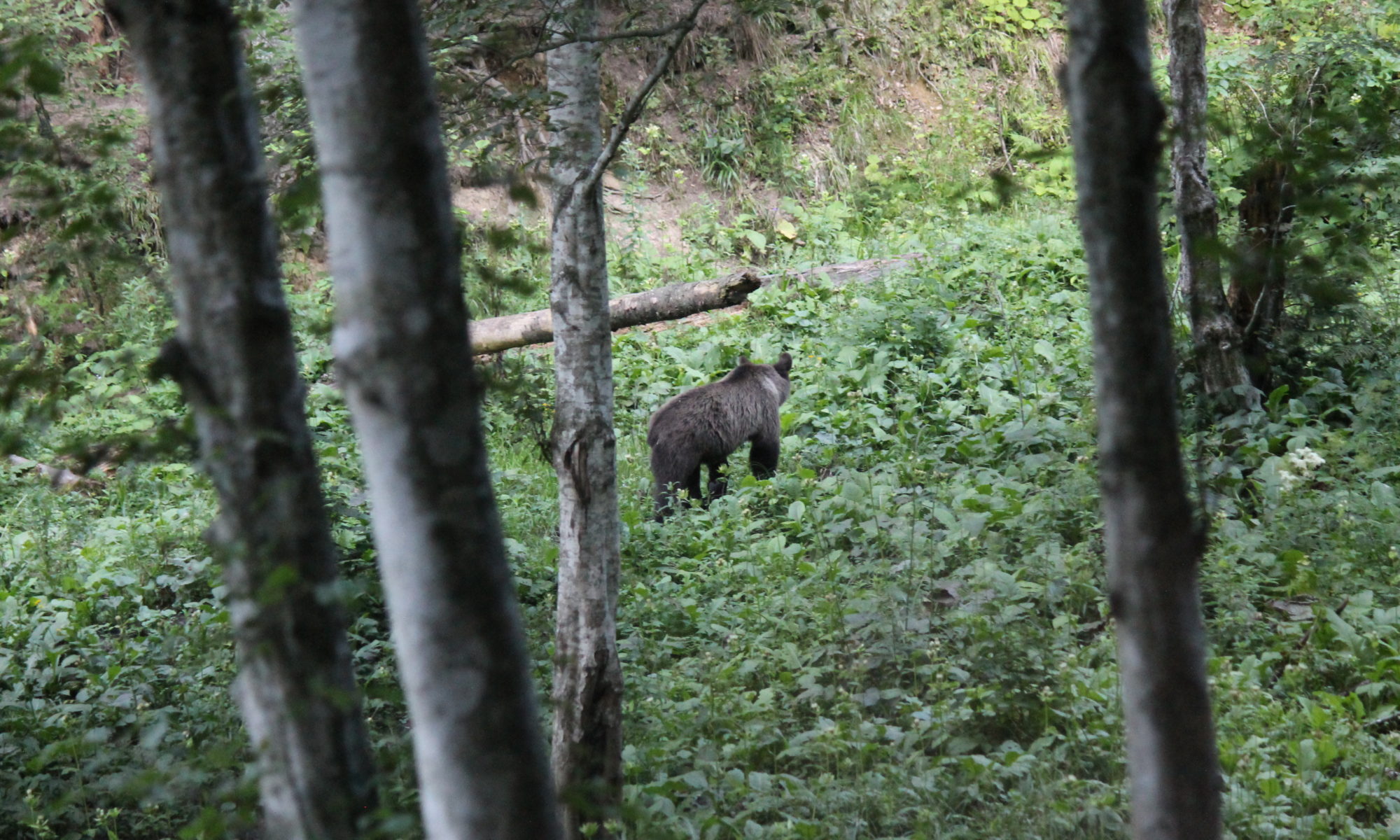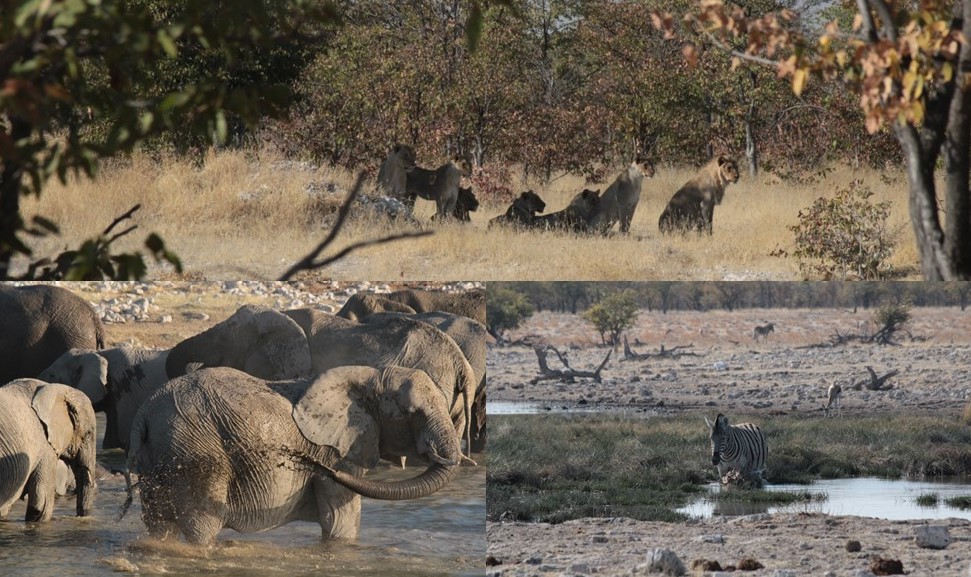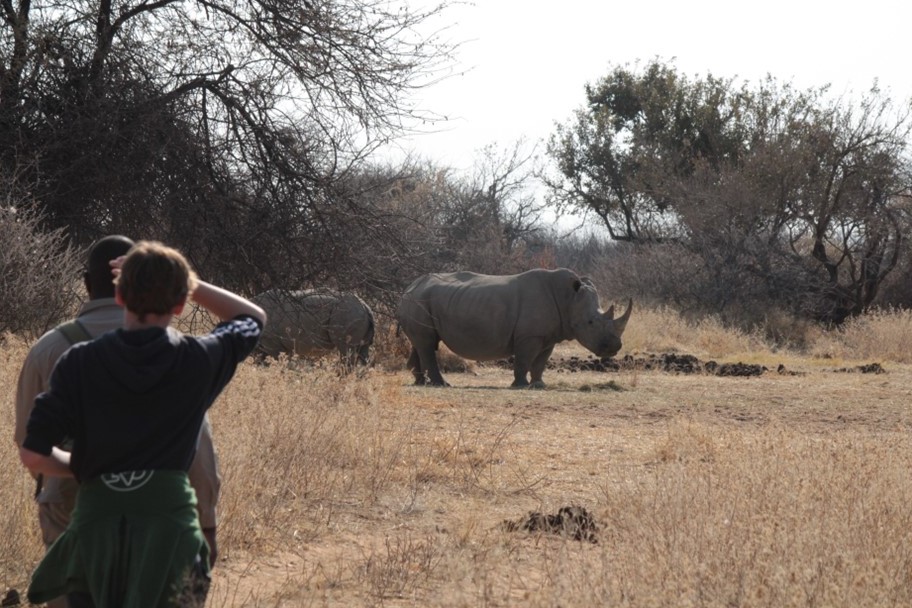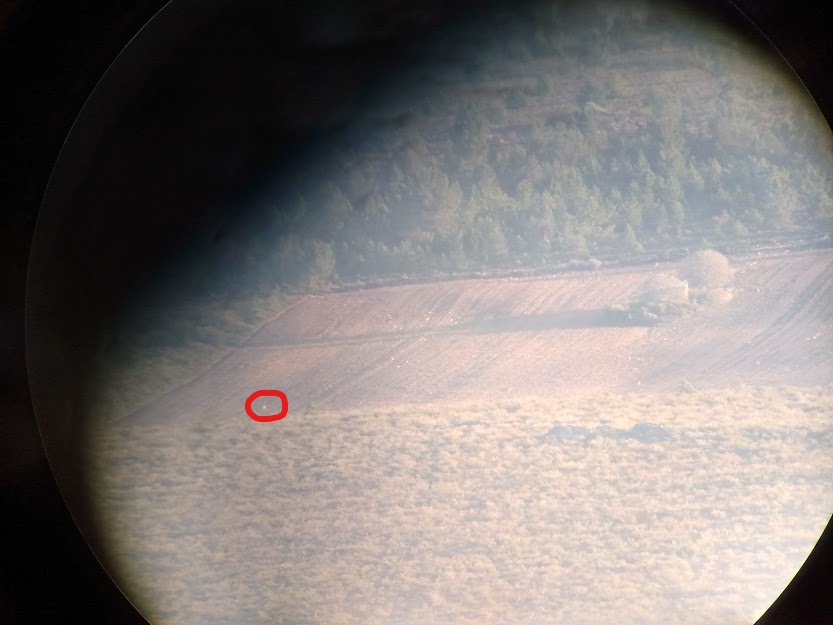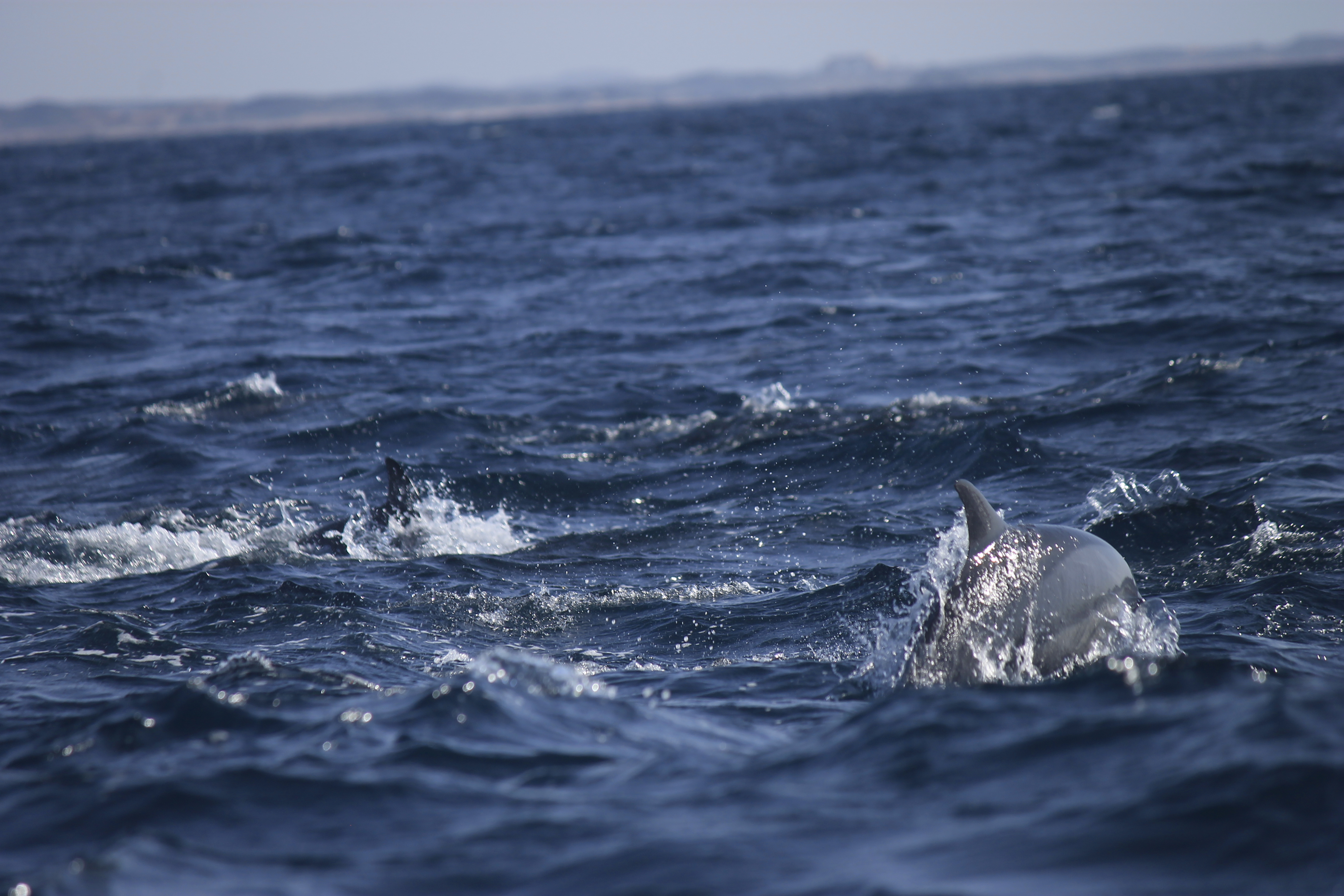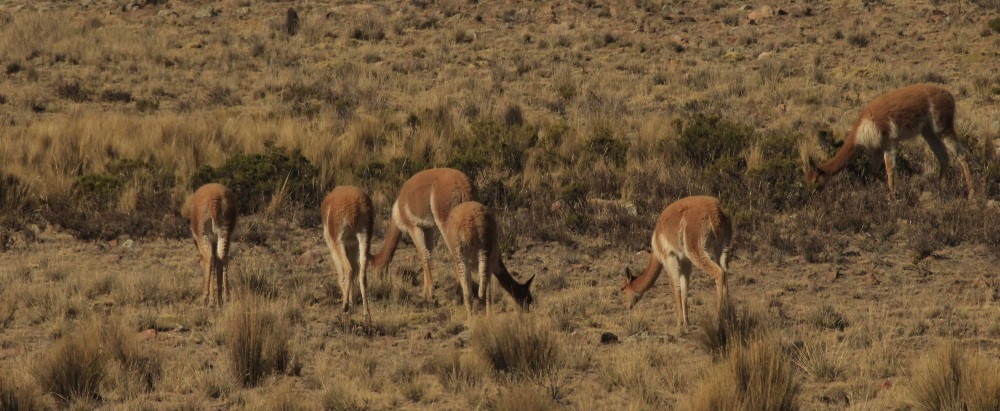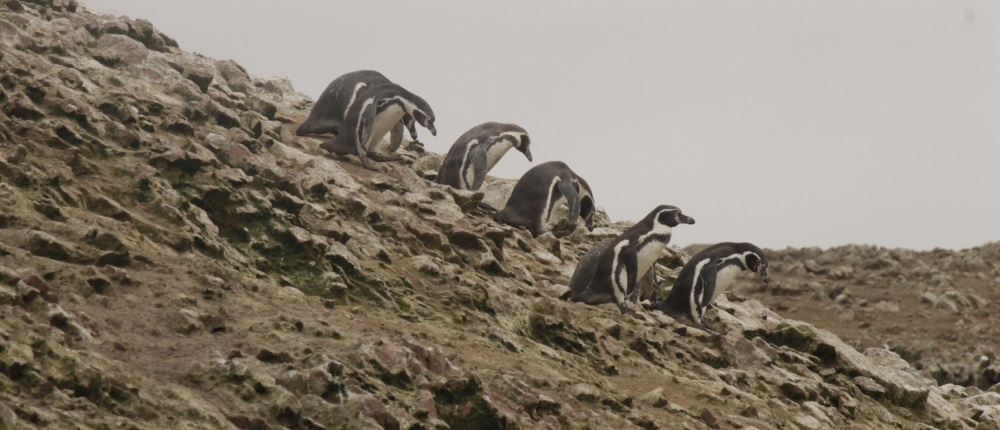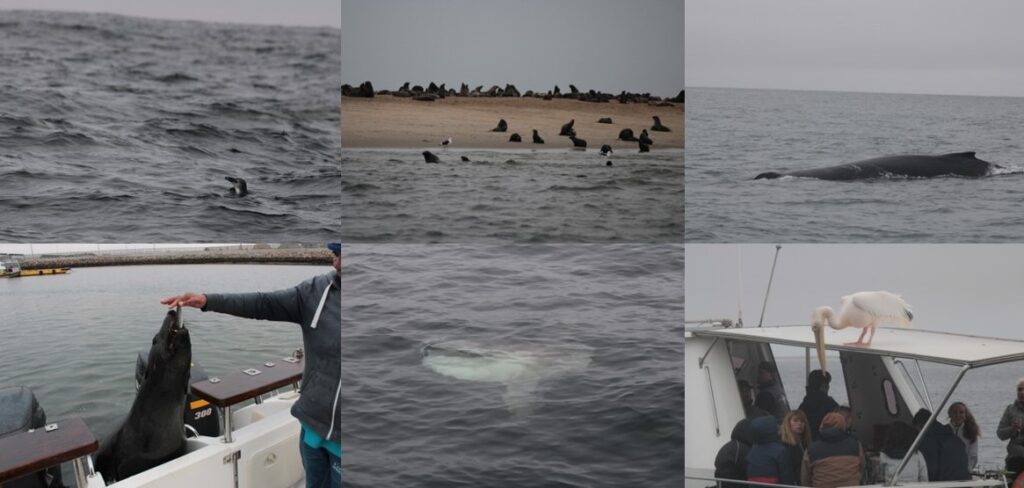
After Etosha, we took drove back down and towards to the coast for our fourth stop of our tour of Namibia to a place called Walvis Bay. Walvis Bay is the second largest city in Namibia, but we weren’t here to see Namibia’s cities, for we had booked a boat tour of the bay to sea seabirds and their famously large populations of seals.
We arrived at the port, and you could see a seal already bobbing around in the water so we boarded the boat and set off. We had just started leaving the port when one of them jumped onto the back of the boat and was fed a fish by the one of the crew. He fed him some more and then a smaller seal emerged which pushed its way to the front and over the door. The other one, feeling cheated, did the same and the two of them seemed quite excited as if they had never seen this part of the boat before and the smaller one ran up to the front of the boat to check it out. The man then got a broom and pushed the fat one back through the door and into the water so the smaller one, having lost its confidence, jumped over the side of the boat. After that excitement, we left the port and followed a spit of land out to sea which was home to a large sea colony that spanned a couple of kilometres. These were fur seals and many of them had pups that were learning to swim but also on the beach were groups of jackals which were too small to eat the seals but seemed to have fun chasing them in and out of the water. We also had seals diving into the waves our boat made, and they followed us as the spit ended and we entered open water as we briefly caught a glimpse of a humpback whale coming up to breathe. I used to pretend to like birdwatching because it made me feel mature, but I’ve recently come to the realisation that, bar a few, I find birds to be incredibly boring but maybe I just don’t get and when one day I do, i’m sure i’ll regret the times I didn’t bother to look up because if I knew what I was looking at, i’d already have an enviable list of species. My dad on the other hand is a very keen bird watcher so I took a seat and enjoyed the bumps of the waves for a good hour or so as he held on, looking through shaking binoculars at the different seabirds flying above us. We did eventually find an interesting bird being an African penguin. It would pop its head up, inspect the boat, then dive down again to re-emerge in a different spot. This game of whack-a-mole is a common characteristic of looking for wildlife at sea and would happen once again because as we turned back in the direction of port, we found a group of other tour boats circling an area which, as we approached, was teaming with life as a pod of Heaviside’s dolphins swam in front of us. My dad then spotted a sunfish floating on the surface which looked quite surreal and finally, what everyone had been looking at, the humpback whale that had re-emerged to swim alongside our boat as we left. In my time looking for wildlife, I’ve been able to stay in some very nice places but never had the actual task of looking for wildlife been so fancy then at Walvis Bay since before the tour ended, a table mat was put on the seats and what followed plate after plate of little pastries, snacks, seafood, tarts, drinks and even champagne. It was very random and unexpected, but I thought id leave it in there for anyone who wants to see wildlife in style they can book at Catamaran Charters (not sponsored but id be happy to be😊).
